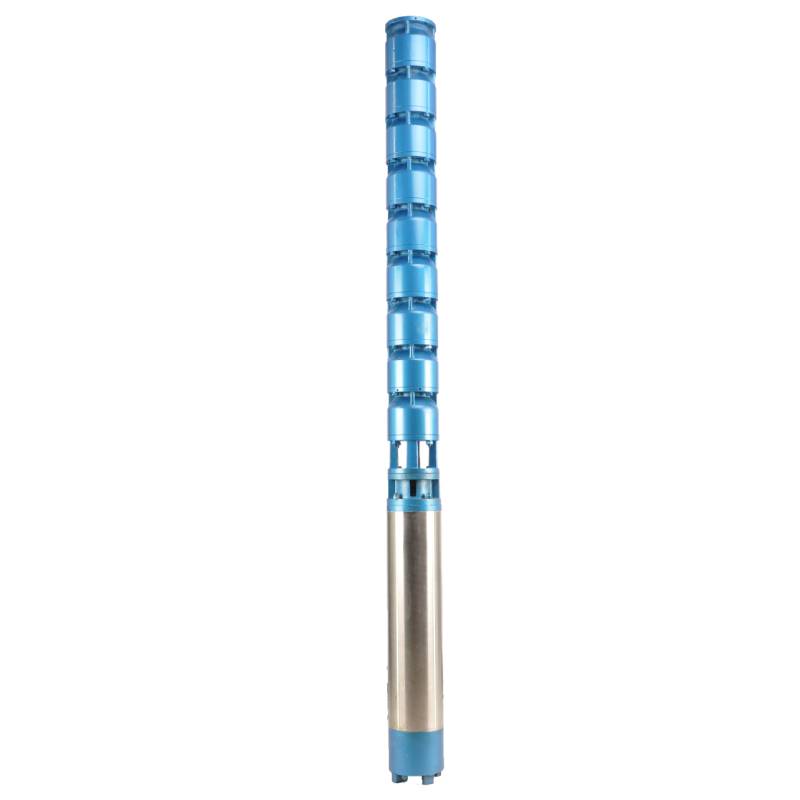ធ្នូ . 16, 2024 08:26 Back to list
submersible sump pump vs pedestal sump pump
Submersible Sump Pump vs. Pedestal Sump Pump A Comprehensive Comparison
When it comes to managing excess water in basements or crawlspaces, sump pumps are an essential component of any home’s drainage system. Among the various types available, submersible and pedestal sump pumps are the most commonly used. Each comes with its own set of advantages and disadvantages, making it crucial for homeowners to understand their differences to make an informed choice.
What is a Submersible Sump Pump?
A submersible sump pump is designed to operate while completely submerged in water. It consists of a motor encased in a waterproof housing, allowing it to pump water directly from the sump pit where it collects. This type of pump usually features a sealed, compact design that minimizes noise and maximizes efficiency.
Advantages of Submersible Sump Pumps
1. Space Efficiency Since the pump is located underwater, it takes up less space above ground. This is particularly beneficial in smaller basements where space is at a premium. 2. Less Noise Submersible pumps operate quietly because they are submerged and the water absorbs much of the sound produced during operation.
3. Efficient Water Removal These pumps are designed to handle large volumes of water quickly, making them suitable for heavy rainfall conditions. They can pump water directly out of basements and into drainage systems without the need for additional components.
4. Durability Most submersible pumps are constructed with corrosion-resistant materials, which enhances their longevity and reliability, especially in humid environments.
What is a Pedestal Sump Pump?
In contrast, a pedestal sump pump is situated above the sump pit, where it uses a long shaft to extend down into the water. The motor and other components are elevated above the floor level, allowing for easy access and maintenance.
submersible sump pump vs pedestal sump pump

Advantages of Pedestal Sump Pumps
1. Easier Maintenance Because the motor is above the water level, maintenance tasks such as cleaning and servicing are more straightforward, as homeowners do not have to deal with the wet conditions associated with submersible models.
2. Long Lifespan Pedestal pumps are less likely to overheat because the motor is not submerged in water, potentially leading to a longer operational life compared to submersible pumps.
3. Cost-Effective Generally, pedestal sump pumps are less expensive than their submersible counterparts, making them a suitable choice for homeowners on a budget.
4. Visibility of Performance The elevated position allows users to easily monitor the pump's operation and check for blockages or failures without needing to inspect the sump pit.
Disadvantages and Considerations
While both types of pumps offer unique advantages, they also have their disadvantages. Submersible pumps can be harder to access for maintenance since they are submerged. Additionally, if a submersible pump fails, it may cause water to accumulate quickly before homeowners can respond. On the other hand, pedestal pumps, while easier to access, can be noisier due to their exposed motor and may not be as effective in quickly removing large volumes of water due to the limitations in their design.
Conclusion
In deciding between a submersible sump pump and a pedestal sump pump, it’s essential to consider factors such as space, ease of maintenance, budget, and the volume of water you anticipate needing to manage. Submersible pumps are ideal for efficient water removal in tight spaces and noisy environments, while pedestal pumps offer easier access for maintenance and are typically less expensive. Ultimately, the choice between these two pump types depends on your specific needs, preferences, and the characteristics of your home. With the right sump pump in place, you can protect your property from the damaging effects of water intrusion and ensure a dry and safe environment in your home.
-
Submersible Water Pump: The Efficient 'Power Pioneer' of the Underwater World
NewsJul.01,2025
-
Submersible Pond Pump: The Hidden Guardian of Water Landscape Ecology
NewsJul.01,2025
-
Stainless Well Pump: A Reliable and Durable Pumping Main Force
NewsJul.01,2025
-
Stainless Steel Submersible Pump: An Efficient and Versatile Tool for Underwater Operations
NewsJul.01,2025
-
Deep Well Submersible Pump: An Efficient 'Sucker' of Groundwater Sources
NewsJul.01,2025
-
Deep Water Well Pump: An Efficient 'Sucker' of Groundwater Sources
NewsJul.01,2025
-
 Submersible Water Pump: The Efficient 'Power Pioneer' of the Underwater WorldIn the field of hydraulic equipment, the Submersible Water Pump has become the core equipment for underwater operations and water resource transportation due to its unique design and excellent performance.Detail
Submersible Water Pump: The Efficient 'Power Pioneer' of the Underwater WorldIn the field of hydraulic equipment, the Submersible Water Pump has become the core equipment for underwater operations and water resource transportation due to its unique design and excellent performance.Detail -
 Submersible Pond Pump: The Hidden Guardian of Water Landscape EcologyIn courtyard landscapes, ecological ponds, and even small-scale water conservancy projects, there is a silent yet indispensable equipment - the Submersible Pond Pump.Detail
Submersible Pond Pump: The Hidden Guardian of Water Landscape EcologyIn courtyard landscapes, ecological ponds, and even small-scale water conservancy projects, there is a silent yet indispensable equipment - the Submersible Pond Pump.Detail -
 Stainless Well Pump: A Reliable and Durable Pumping Main ForceIn the field of water resource transportation, Stainless Well Pump has become the core equipment for various pumping scenarios with its excellent performance and reliable quality.Detail
Stainless Well Pump: A Reliable and Durable Pumping Main ForceIn the field of water resource transportation, Stainless Well Pump has become the core equipment for various pumping scenarios with its excellent performance and reliable quality.Detail
